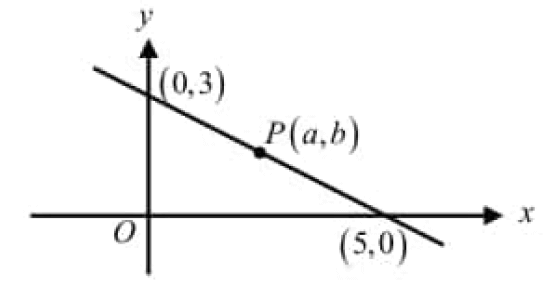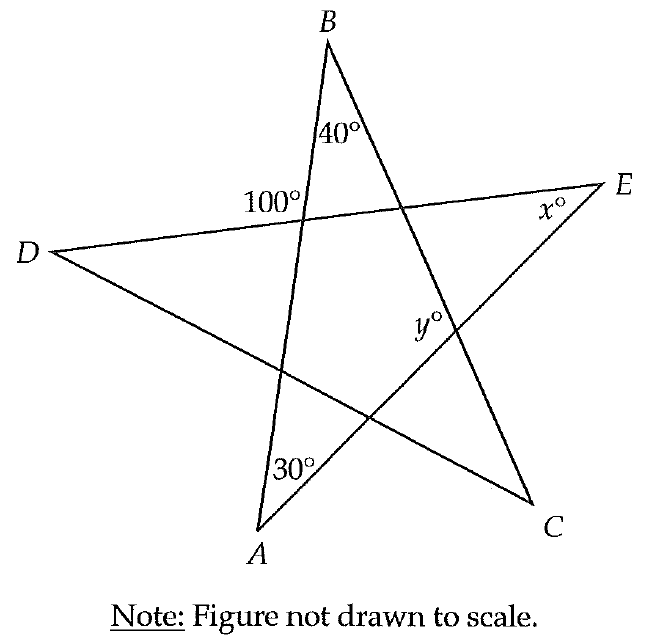ARITHMETIC AND GEOMETRIC PROGRESSION QUESTION AND ANSWERS
Question 1 :
If tk is the kth term of a GP, then show that tn−k, tn, tn+k also form a GP for any positive integer k.
Solution :
tn = arn-1
kth term :
tk = ark-1
(n-k)th term :
tn-k = arn-k-1 -----(1)
nth term :
tn = arn-1 -----(2)
(n+k)th term :
tn+k = arn+k-1 -----(3)
In order to prove the above terms are in G.P, we have to show that the common difference are same.
(2)/(1) ==> arn-1/arn-k-1 = rn-1-n+k+1 = rk
(3)/(2) ==> arn+k-1/arn-1 = rn+k-1-n+1 = rk
Since the common difference are same, the above terms are in G.P.
Question 2 :
If a, b, c are in geometric progression, and if a1/x = b1/y = c1/z, then prove that x, y, z are in arithmetic progression.
Solution :
a1/x = b1/y = c1/z = k
If x, y and z are in A.P, then 2y = x + z.
In order to prove the above relationship,
|
a1/x = k a = kx |
b1/y = k b = ky |
c1/z = k c = kz |
Since a, b and c are in G.P
b/a = c/b
b2 = ac
(ky)2 = kx kz
k2y = k(x+z)
2y = x + z
Hence x,y and z are in A.P
Question 3 :
The AM of two numbers exceeds their GM by 10 and HM by 16. Find the numbers.
Solution :
Let the required numbers be x and y
AM = GM + 10 --(1)
AM = HM + 16 --(2)
(1) = (2)
GM + 10 = HM + 16
HM = GM + 10 - 16
HM = GM - 6 --(3)
(GM)2 = AM (HM)
By applying the values of AM and HM in terms of G.M, we get
(GM)2 = (GM + 10) (GM - 6)
GM2 = GM2 + 4GM - 60
4GM = 60
GM = 15
By applying the value o GM in (3), we get HM
HM = 15 - 6 ==> 9
AM = 15 + 10 = 25
|
√ab = 15 ab = 225 b = 225/a |
a+b/2 = 25 a + b = 50 |
a + (225/a) = 50
a2 + 225 = 50a
a2 - 50 a + 225 = 0
(a - 5)(a - 45) = 0
a = 5 and a = 45
|
If a = 5 b = 225/5 = 45 |
If a = 45 b = 225/45 = 5 |
Hence the required numbers are 5 and 45.
Kindly mail your feedback to v4formath@gmail.com
We always appreciate your feedback.
©All rights reserved. onlinemath4all.com
Recent Articles
-
Digital SAT Math Problems and Solutions (Part - 134)
Apr 02, 25 12:40 AM
Digital SAT Math Problems and Solutions (Part - 134) -
SAT Math Resources (Videos, Concepts, Worksheets and More)
Apr 02, 25 12:35 AM
SAT Math Resources (Videos, Concepts, Worksheets and More) -
Digital SAT Math Problems and Solutions (Part 135)
Apr 02, 25 12:32 AM
Digital SAT Math Problems and Solutions (Part 135)

